
"Lorem ipsum dolor sit amet, consectetur adipiscing elit, sed do eiusmod tempor incididunt ut labore et dolore magna aliqua. Ut enim ad minim veniam, quis nostrud exercitation ullamco laboris nisi ut aliquip ex ea commodo consequat. Duis aute irure dolor in reprehenderit in voluptate velit esse cillum dolore eu fugiat nulla pariatur. Excepteur sint occaecat cupidatat non proident, sunt in culpa qui officia deserunt mollit anim id est laborum."
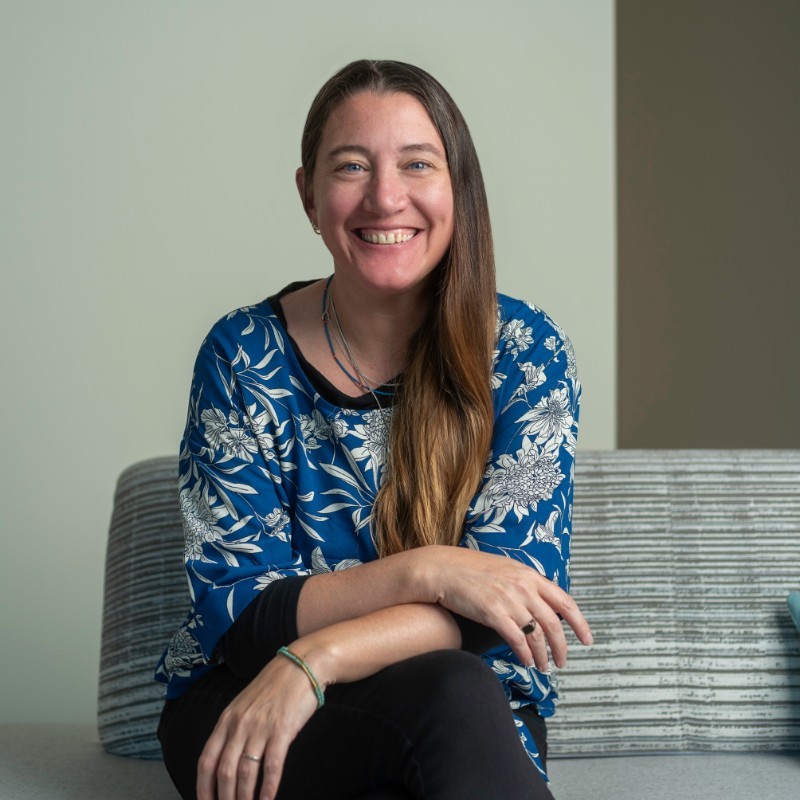
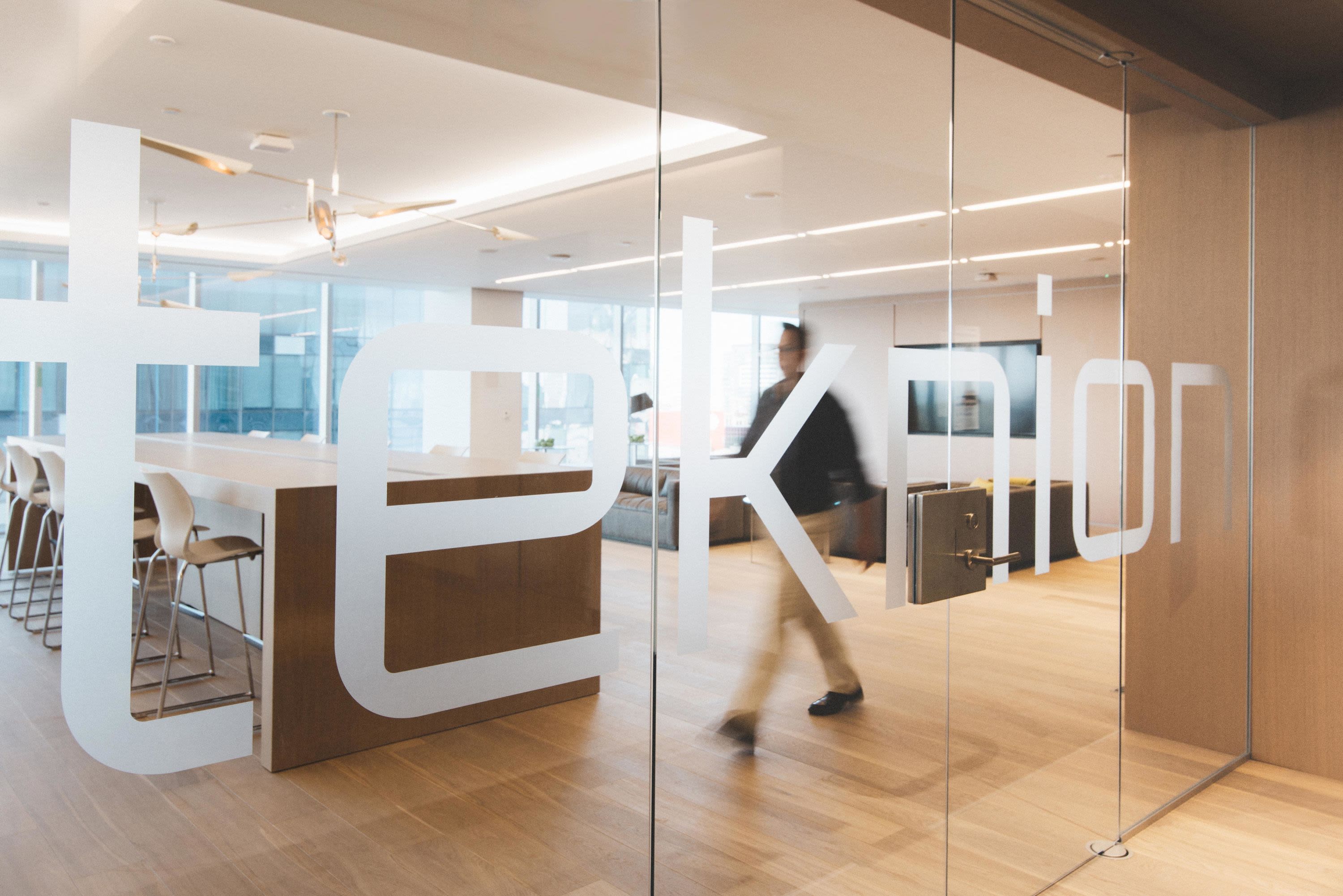

Teknion is a family-owned business with an international reach. Being privately held gives them the freedom to think and invest long-term, through certain and uncertain times.
Teknion’s corporate headquarters are based in Toronto, Ontario; U.S. headquarters are in Mount Laurel, New Jersey; and their European head office is in London.
Teknion uses the digitization and export modules of the colormass system.
Products used:
As one of the leading manufacturers of office furniture and architectural interiors, Teknion has always placed a strong emphasis on quality and design precision. From their textiles to their wood veneers, materials play a crucial role in shaping the aesthetics and performance of their products. But behind the scenes, the process of capturing and presenting those materials accurately posed a persistent challenge.
For years, Teknion relied on top-down photography to showcase their materials. While this method was straightforward, it came with a lot of complications. The appearance of samples would vary from one photo to the next, even when captured under controlled studio conditions. Small differences in lighting, settings, or positioning would result in images that looked differently colored, or showed materials at inconsistent sizes. A fabric might appear darker in one image and lighter in another, even though it was the same physical sample. For a company focused on material precision and customer trust, this inconsistency was unacceptable.
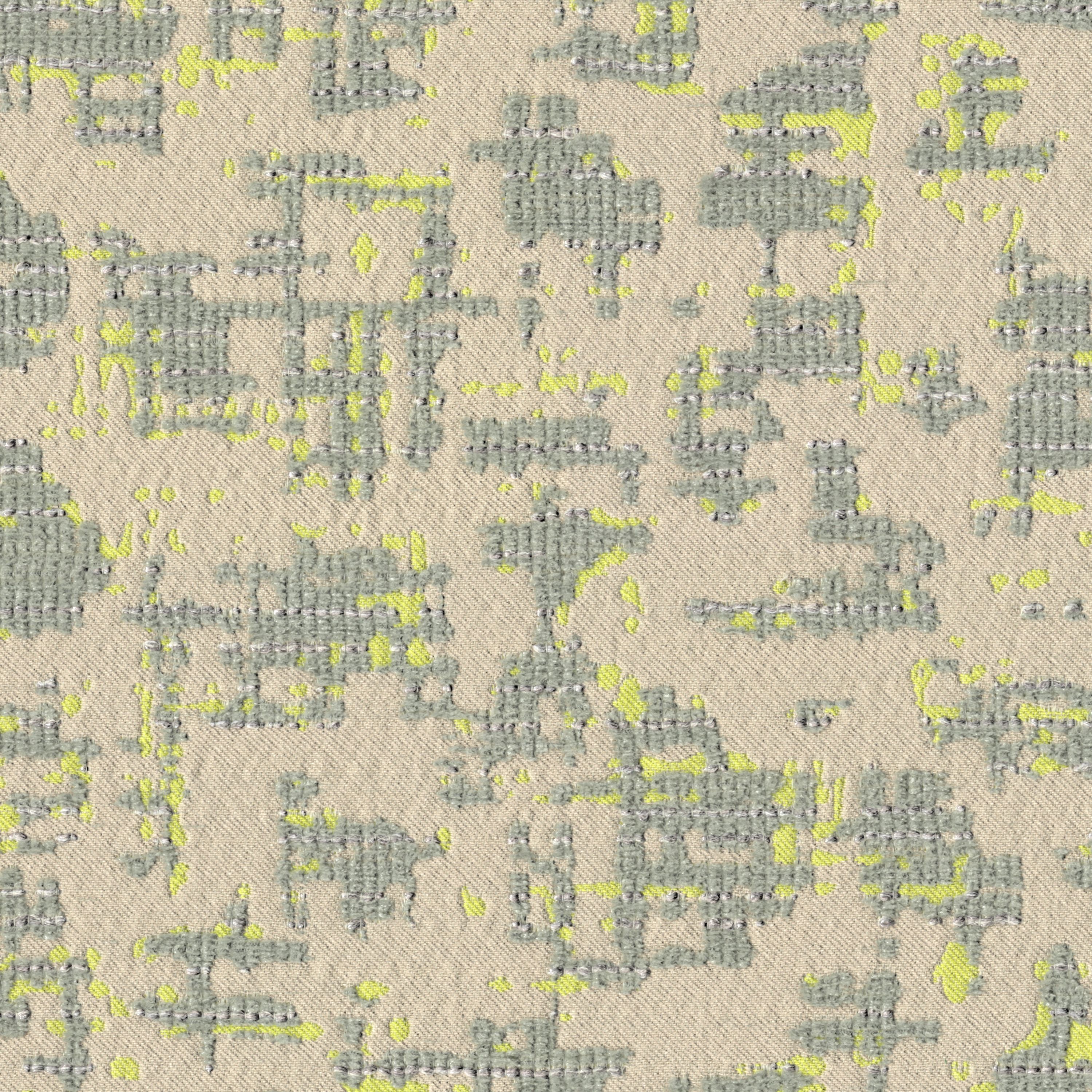
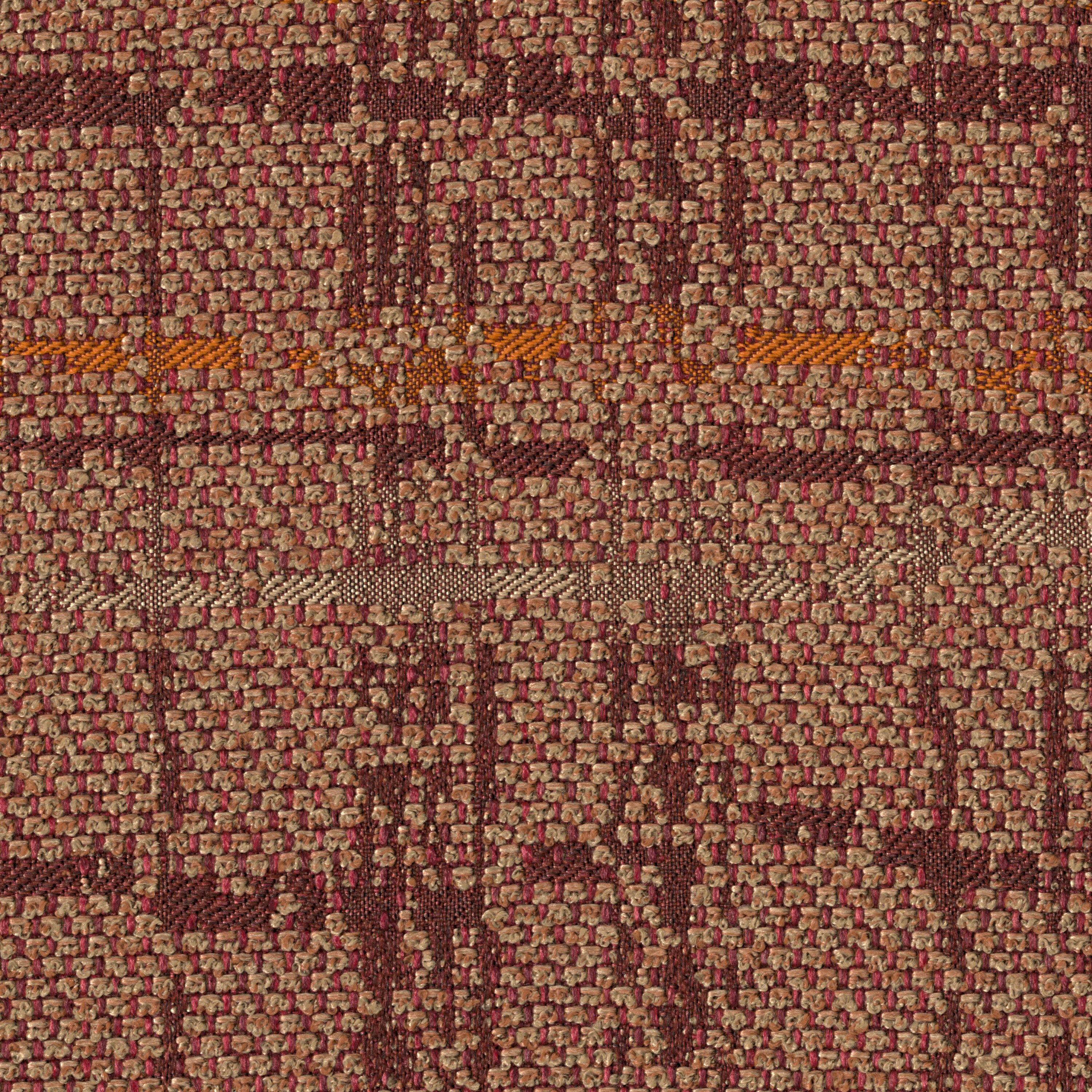
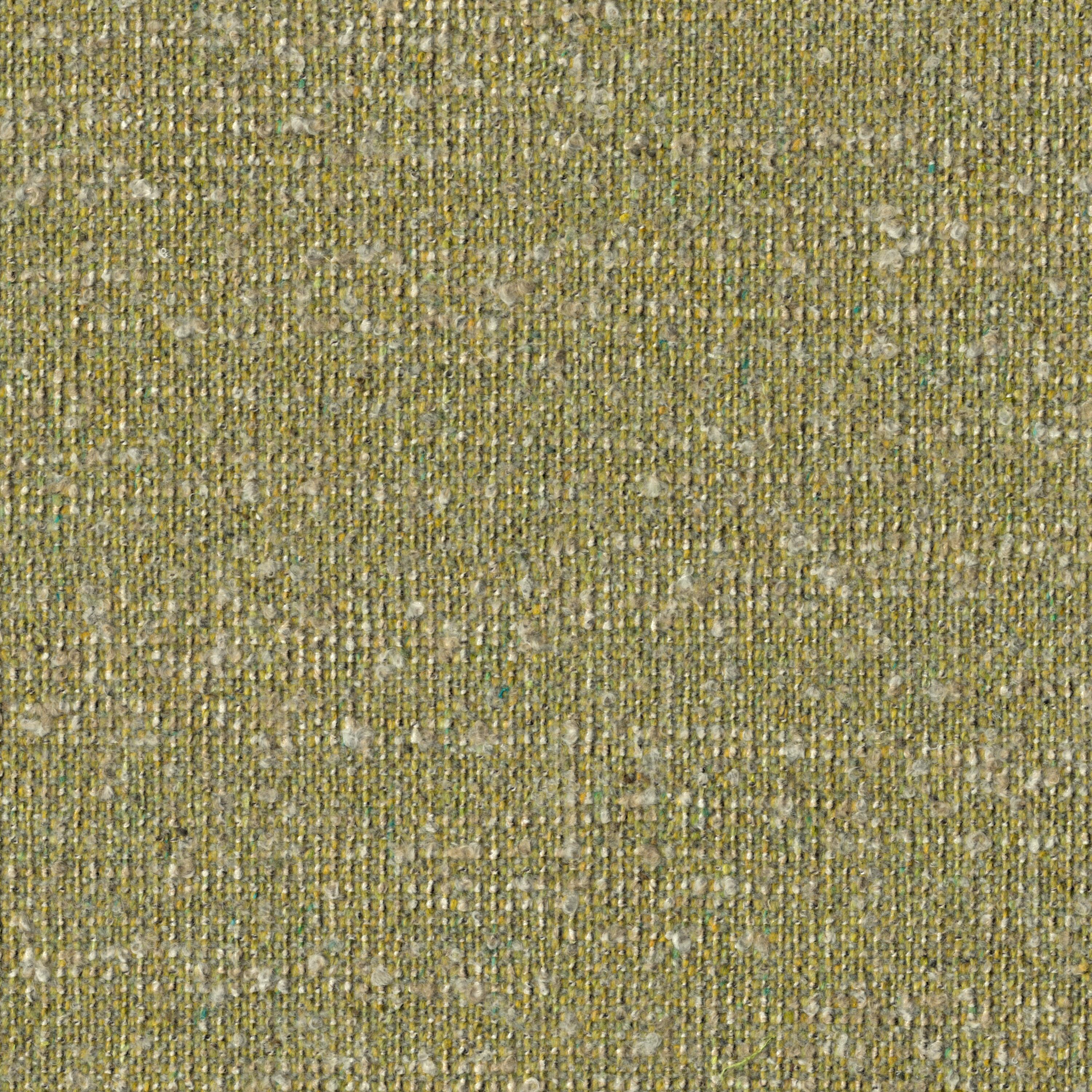
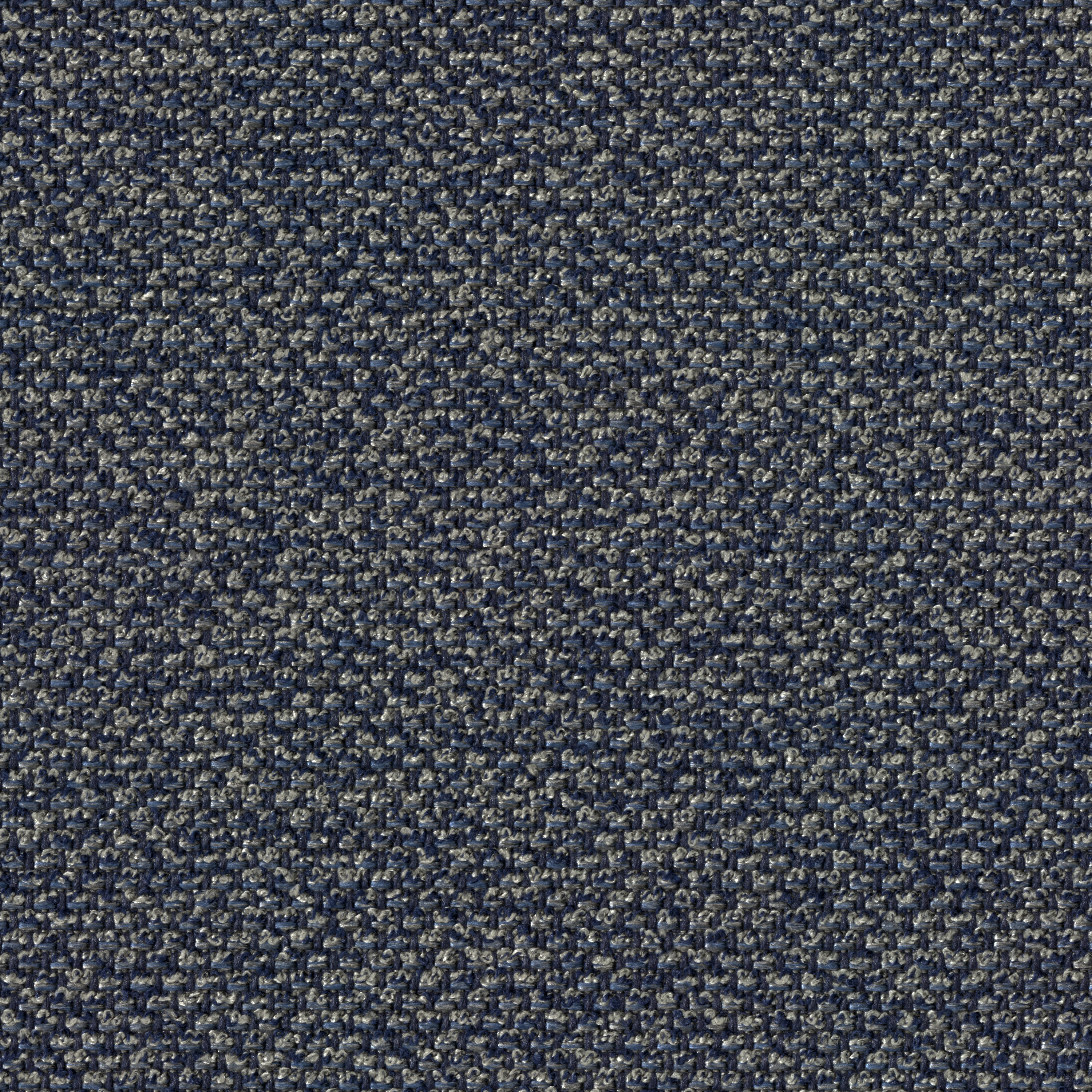
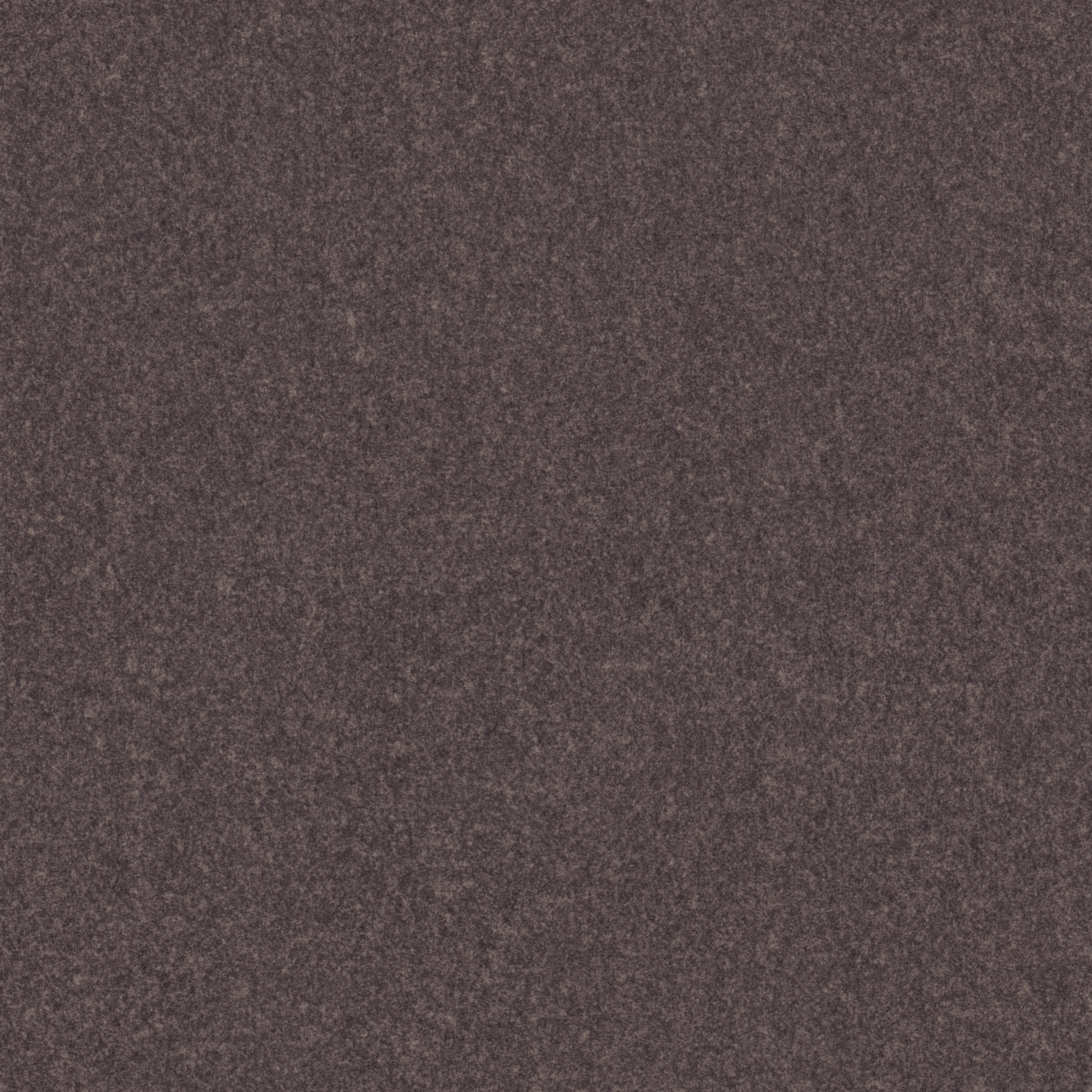
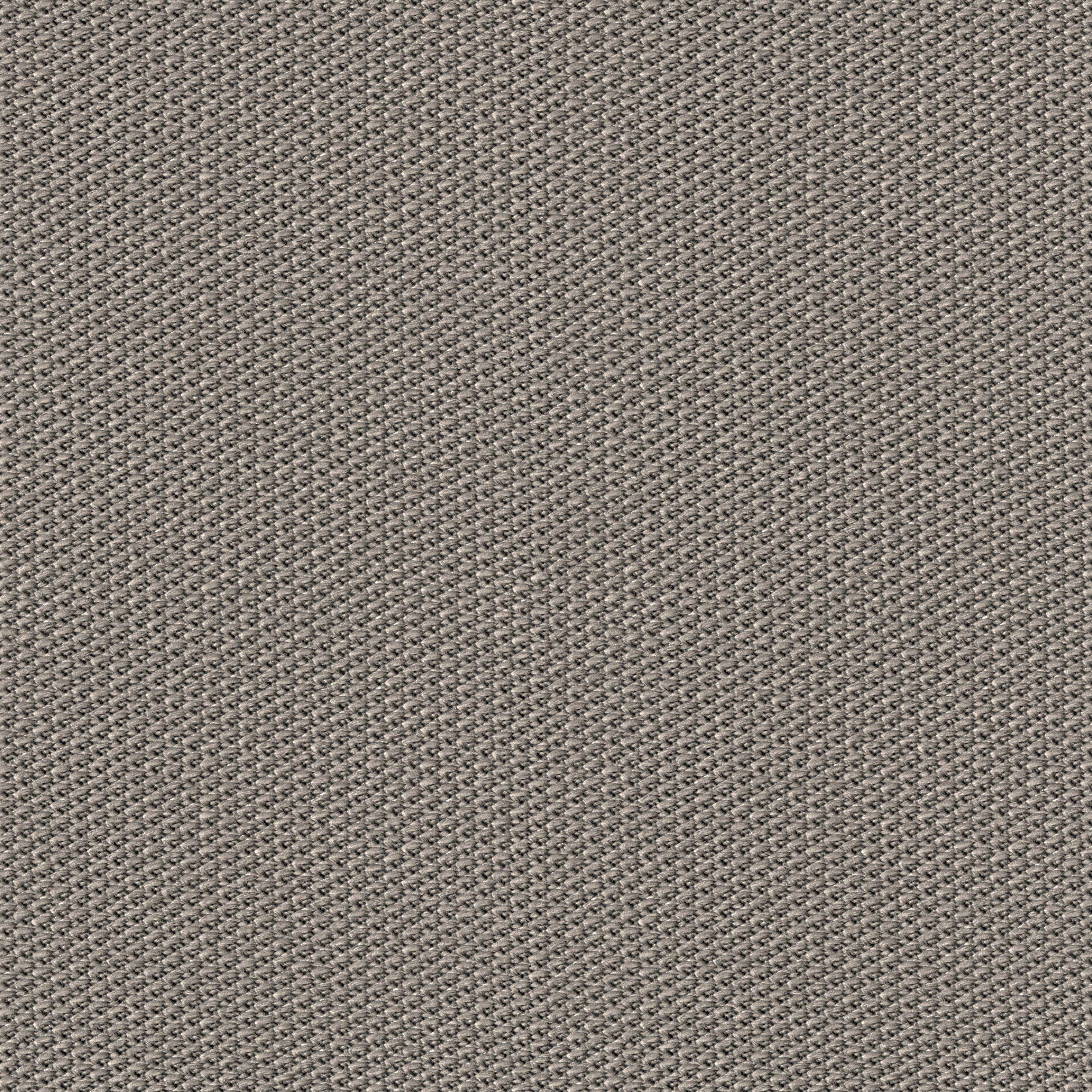
To solve this, Teknion is now using the colormass Digital Material Capture System to record the surface reflection properties of each material. Instead of relying on flat photographs, this approach captures the underlying way each material interacts with light - its reflection, roughness, sheen, and texture. This data is then used to create a consistent, true-to-life digital version of the material.
The result? Every digital sample now appears visually consistent. Colors match reality, sizes are standardized, and materials look the same whether viewed on a screen or in a product configurator.
What started as a fix for a visual inconsistency became a broader transformation of Teknion’s digital material infrastructure - improving collaboration, shortening production cycles, and enhancing trust at every stage.
Teknion’s material digitization efforts went beyond creating consistent flat images. With the colormass 3D CMS portal, their team now has full access to all digitized materials. This means that they can download various PBR exports for various use cases, using the Data Exporter feature.
Whether a designer needs a material for real-time visualization in a product configurator or for a high-resolution ray-traced render, the platform provides complete flexibility. Users can choose the resolution, file format, and tailor various technical settings to match the exact needs of their pipeline (see the PBR download area marked in red in the image on the right).
This level of control ensures that every export - no matter the use case - delivers the same visual fidelity and consistency that Teknion now expects as standard. It’s not just a better image - it’s a better digital material workflow, end-to-end.